What is septoria and how to deal with it?
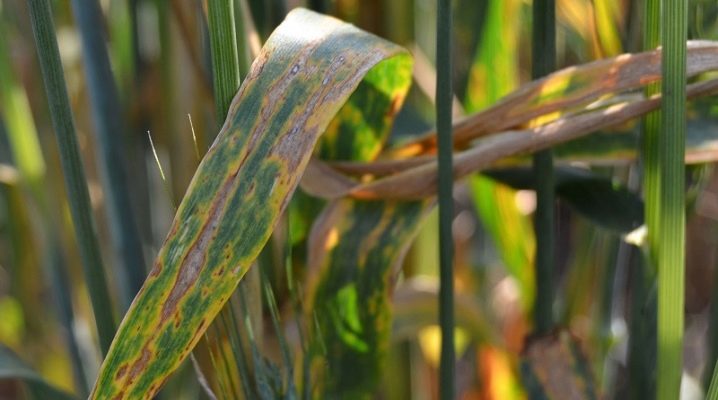
Septoria or white spot is one of the most common fungal diseases. It affects both wild and cultivated plants. Any gardener, faced with a disease, often remains at a loss, not knowing how to treat it.
At the moment, there are many drugs and alternative treatments for septoria. They are all not very expensive, but effective.
Description
Septoria is a fungal disease of the genus Septoria, which belongs to the Mycosphaerellaceae family, which is part of the Capnodiales order. As mentioned earlier, white spot can infect absolutely any plant, but in most cases it affects the families of the Meatlikovs, Cereals, Legumes, Solanovyh.
Symptoms of the disease can be seen almost immediately on the leaves of the plant. Usually these are white spots with a black border. The color of spots and edging may be different, as it depends on the type of pathogen and the type of plant.
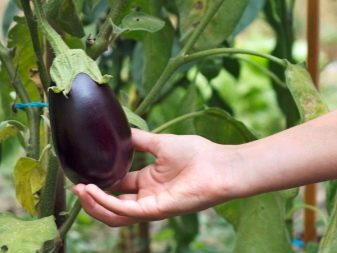
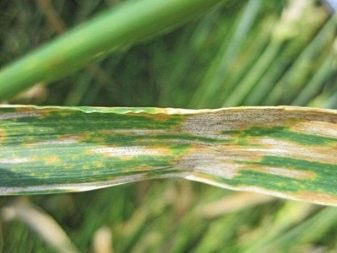
The disease usually parasitizes when there are normal conditions for the development of spores: warm weather, high humidity. The fungus parasitizes on weakened plants that may have already been affected by some other disease. If the treatment was not started on time, then the septoria infection also spreads to the healthy leaves of the plant. White spot is especially dangerous for tomatoes, wheat, grapes.
At the first stage of septoria, small light spots appear that are barely visible to the naked eye. In the second stage, a black border and small black dots appear, which affect almost all parts of the plant: from the leaves to the root system.
Signs of white spot:
- the formation of whitish-gray spots on the entire surface of the leaf blade;
- the appearance of black dots around the spots;
- rapid wilting and drying of damaged leaves.
If untreated, the plant quickly loses its vitality, it may even die, since the fungus very quickly passes to the stem and root system. The disease is very common in garden plots.

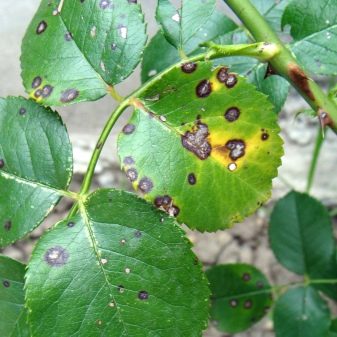
Reasons for the appearance
The cause of the occurrence is the spores of the Septoria genus. They always develop in good weather conditions (temperatures from 10 to 20 degrees and high humidity). Septoria is the cause of death and weakening of many plants. So, at first, small spots of a gray-brown color appear in tomatoes. Subsequently, they gradually cover the entire leaf blade. Typically, tomato infection starts from the lower old leaves, gradually rising higher and infecting young shoots. If the lesion is very strong, then the leaves can change not only the color, but also the shape: they curl. As mentioned earlier, in the absence of treatment, the death of tomatoes occurs.
Septoria in the ears of winter wheat is one of the most common diseases. It always develops in rainy weather. Extensive yellow spots appear on the stems, which gradually turn into brown, gray and black. The plant withers very quickly and stops developing. The disease significantly reduces wheat yield, can destroy entire plantations... In order to prevent the appearance of septoria, agronomists pre-treat grain crops with special chemicals. Septoria very often likes to settle on currant leaves.

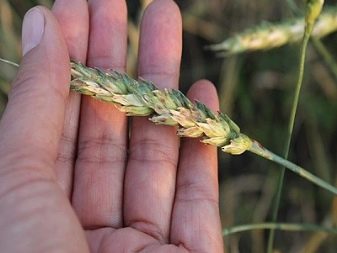
Usually the disease passes in 2 stages: early (in March-May) and massive (in the middle of the summer period)... Mushrooms damage leaf blades very quickly, so it is important to constantly monitor the condition of the bushes. In addition to rainy weather, densely planted plantations can also affect the development of the fungus. Barely noticeable black dots appear on the lower weakened leaves, which very quickly pass to healthy leaves. Stems and whole bushes are gradually infected.
When the first signs of the disease appear, it is important to urgently start treatment, constantly monitor the condition of the bushes, and, if necessary, trim the damaged bushes. As a preventive measure, every season it is worth treating plants with special chemicals. White spot of cucumbers always occurs due to improper care, in particular, watering. It is important to observe the correct watering, loosening and ventilation system.
The pathogen can also affect the leaves of gooseberries, raspberries, soybeans, sunflowers, rose bushes. To prevent the disease from hitting the plant, it is important to carry out preventive treatment in a timely manner.
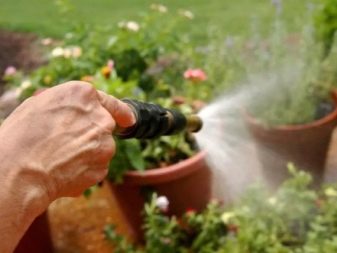
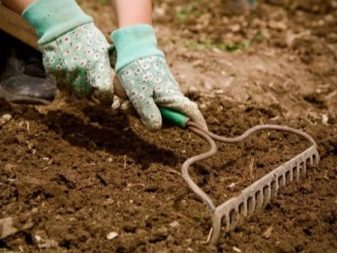
Treatment
When septoria occurs, it is important to start treatment as soon as possible. In the initial stages, it will not be difficult to cure the disease, and the plant will remain strong and healthy. Experienced gardeners know many methods of treatment, ranging from folk remedies to good professional drugs.
Purchased funds
If it is not possible to prepare medicines on your own, you can always use the help of store drugs.
- "Abacus". A derivative of the fungicide group, the country of origin is Germany. The drug is usually applied during the growing season of the plant. Since "Abacus" is a two-component preparation, it is applied to the damaged plant 2 times. In addition to preventing and treating septoria, the drug also protects against other fungal diseases, as well as increases plant productivity, increases resistance to stress and allows greater nitrogen penetration to the root system.
- "HOM"... It is somewhat similar in action to copper sulfate. The preparation also contains a fungicide. In order to obtain a solution, 30 grams of the drug is poured with 10 liters of water. All plants are treated with a freshly prepared product. This drug can be used for both treatment and prevention. The action of the remedy is enough for about 4 weeks. "HOM" cannot be used during flowering, as it harms not only plants, but also insects that pollinate them. A few weeks before harvesting, it is necessary to stop treatment with the drug.
- "Agat 25-K"... The drug also belongs to the group of fungicides. It was produced and registered in 2016 under the guidance of scientists from two countries: Russia and Ukraine. The drug is usually used for the treatment of cereals (wheat, soybeans). They are treated with a product once during the growing season; the composition is also suitable for a greenhouse. The tool is highly effective and protects against whole groups of fungal diseases.
- "Akanto Plus 28". Highly effective remedy against septoria. It is effective at any stage of the disease. It was developed by Swiss agronomists in 2015. It is able to protect against other fungal diseases, therefore, with a single application, it will not only protect the plant, but also significantly increase the yield.
- Copper sulfate. Such a remedy is effective during the growing season. 10 liters of water are added to 100 grams of the substance. Everything is thoroughly mixed and the affected plants are watered. It is worth noting that you need to process it once, and the solution is prepared only for 1 time. In the future, it loses its effectiveness. It is desirable to carry out such treatment for plants in a greenhouse.
- Thanos... Another very effective drug. Designed for processing any kind of plants. For dilution in 10 liters of water, 6 grams of the drug is enough.They are also treated with it during the growing season once a season. The only drawback of such a tool is the high price.
- Bordeaux liquid. In the treatment of septoria, fungicides and copper preparations are usually used. Copper helps to prevent fungal diseases, accelerate growth, increase yields, and resist various pathogenic microorganisms. To obtain a liquid, it is necessary to mix copper sulfate, quicklime in equal parts, and then pour 10-15 liters of water. Mix everything well and process the plant until the flowering phase. This drug has a short-term effect, therefore, plants should be treated about 4-5 times per season.
- Planriz. A biological product consisting of beneficial soil bacteria. It is used only for treating seeds before planting. A small amount of the drug is poured with water, mixed, allowed to brew a little and the seeds are soaked in the solution according to the instructions. Then the seeds are planted in the prepared soil.
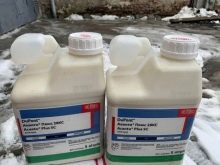
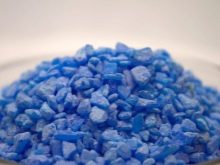
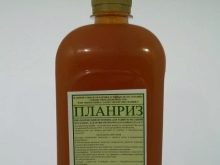
Traditional methods
You can also treat a plant at home using folk methods, for this it is enough to know some control measures and skillfully handle both already adult plants and seedlings.
- Iodine solution. Consider an unusual folk recipe for an iodine solution, which not only effectively fights fungi and infections, but also accelerates the ripening process of the fruits of the bush. So, prepare 1 liter of settled low-fat milk, 10 liters of water and 20 drops of iodine. Mix everything and spray the bushes after flowering once a week.
- Horsetail decoction. In order to maintain the immunity of bushes, ears and leaves of plants, experts use a decoction of horsetail. To prepare the broth, you need to boil 150 grams of fresh horsetail in 1 liter of water (over low heat for 30 minutes). Then strain the broth and dilute it in 5 liters of water. You need to spray the bushes after sunset once a month.
- Garlic solution... Forms a film on the leaves that protects against spores. A garlic infusion is prepared from 10 garlic heads crushed into gruel and a liter of warm water. The mixture is infused for 2 hours, then diluted with a bucket of water and left for a day in a dark place. The resulting solution is filtered, poured into a sprayer and the affected areas are treated. It is necessary to spray every time the film becomes thinner.
- Soap solution. Grate half a bar of laundry soap and dissolve in a bucket of warm water. Treat the affected leaves. It is very important to inspect the bushes of the plant daily: if the white spots do not disappear, then it is worth resorting to chemical preparations.
- Saline solution. Dissolve about 2 glasses of salt in 10 liters of water, mix everything thoroughly. This solution can be used to treat the plant in the early stages, when only small specks were noticed on the leaves.
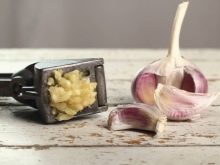
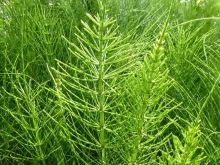
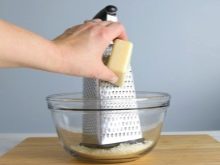
Prophylaxis
To prevent septoria from bothering plants, the gardener needs to remember a few rules.
- The plant should be planted in a suitable location. It must be sufficiently ventilated. It is very important to find a place that has both shade and sun. Then not a single fungal disease will definitely affect the plant.
- To prevent excess moisture from stagnating in the ground, it must be constantly loosened... This not only protects against fungal and other diseases, but also saturates the root system with a sufficient amount of oxygen.
- Top dressing is very important for any plant.... If you do not apply various fertilizers, then it will quickly become lethargic and weakened, which will lead to the development of various diseases and death. To prevent this from happening, top dressing must be applied not only in spring, but also throughout the season, while the plant bears fruit.
- Various microorganisms very often accumulate in garden tools, therefore before digging or loosening, it is imperative to treat the tool with a special chemical solution.
- Garbage on the site is definitely not the place... In addition to polluting the environment, it also accumulates various pathogenic microorganisms that can easily enter the plant.
- It is constantly worth monitoring the condition of the plant.... The fact is that even healthy and strong-looking bushes and leaves can be affected by the fungus. If it is not noticed in time, the plant will most likely die, so it is important to check the condition of the leaf blades every day.
- In spring and autumn, it is imperative to cut off excess stems, buds and leaves. This will give the development of new shoots, healthier and stronger.
- As a preventive measure, it is worth periodically treating all plants with chemicals. This will protect against the penetration of any kind of fungal diseases.
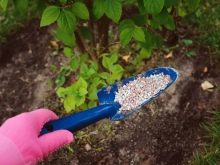
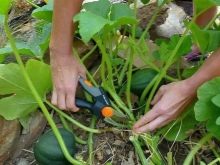
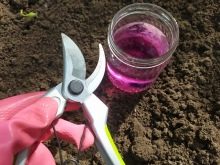
Additional agrotechnical measures are as follows.
- Sanitization... To prevent septoria from developing on stems and healthy bushes, damaged parts must be removed immediately, and cut off treated with diluted quicklime.
- Caring for the soil around the plant. This is autumn cleaning and the destruction of fallen leaves, in which the wintering form of pathogens remains.
- Replacing infected bushes with new ones... Cuttings should be cut from the upper third of the shoots, since this part is not affected by fungi.
Experienced gardeners recommend choosing high-quality plant varieties that are resistant to various types of fungal diseases. All seeds and seedlings should be pretreated and treated for prophylaxis. In this case, you can reap a rich harvest and leave the plants strong and healthy. Septoria is a serious disease for any plant. If the gardener does not notice the damage in time, the bushes and stems may die.
Proven folk remedies and chemicals developed by advanced agronomists will help to carry out not only preventive measures, but also comprehensive treatment.
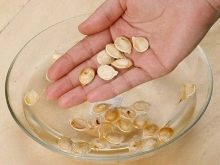
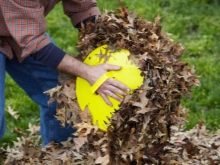














The comment was sent successfully.